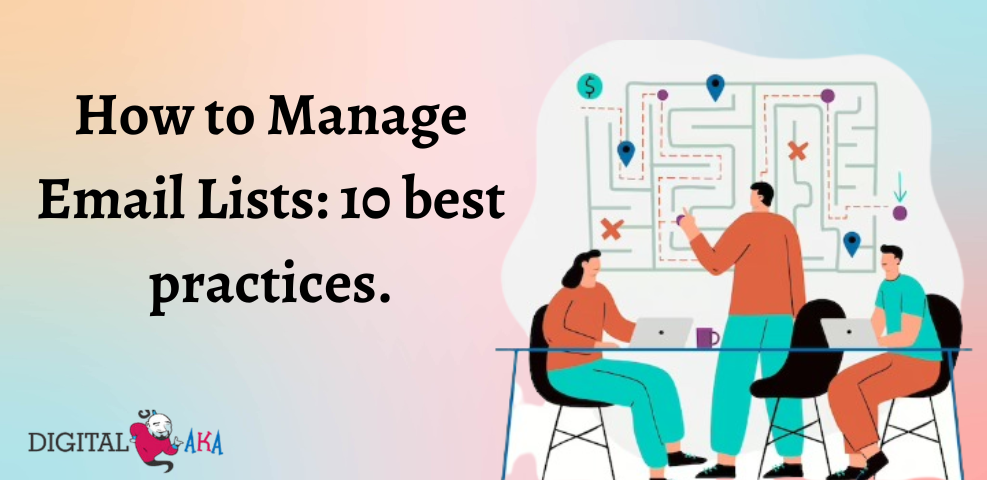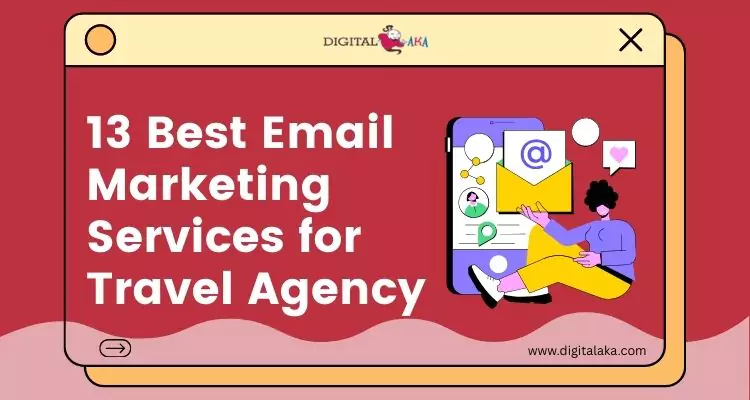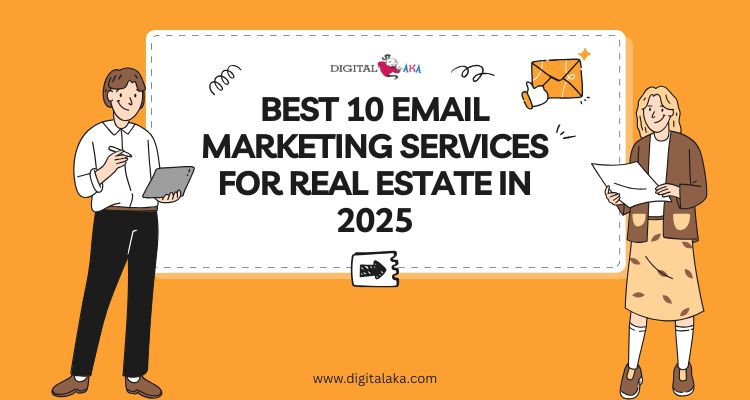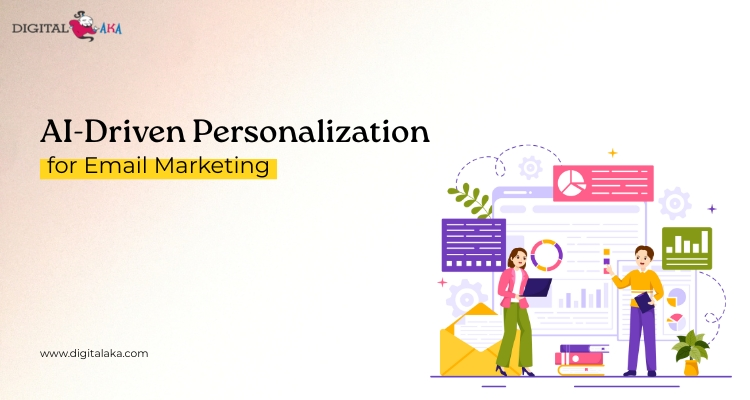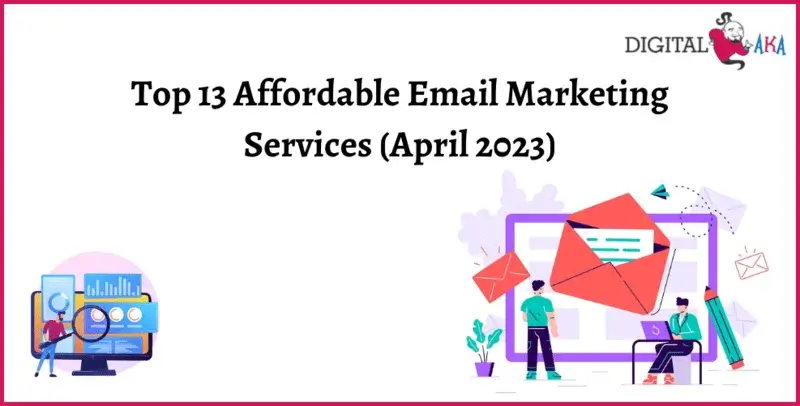
Top 13 Affordable Companies for Email Marketing Services
April 14, 2023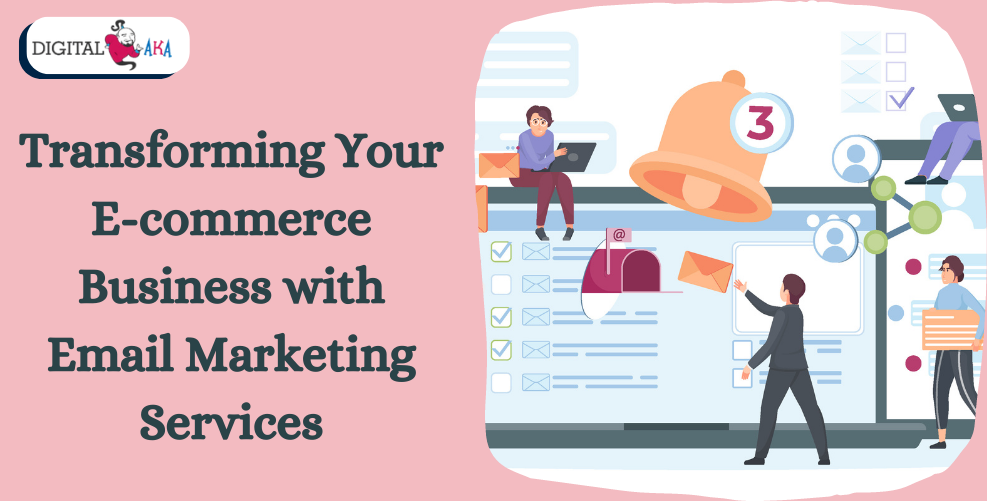
Transforming Your E-commerce Business with Email marketing strategy for e-commerce
May 13, 2023Email marketing is an effective way to reach out to prospective and existing customers. However, managing email lists can be a challenging task. In this article, we will provide the 10 Email list management best practices to help you manage your email lists efficiently.
What is email list management?
Email list management refers to the process of managing and maintaining an email list for marketing or communication purposes. This involves obtaining permission from subscribers, segmenting the list based on specific criteria, and sending targeted messages to increase engagement and conversion rates. Email list management is one of the important steps for email marketing service provider.
Effective email list management involves various best practices, such as keeping the list clean by regularly removing invalid email addresses and inactive subscribers, personalizing emails to make them more engaging, and providing valuable content to subscribers to establish trust and authority.
Segmenting the email list manager based on various criteria such as location, interests, or purchase history can help send more targeted messages to subscribers, which can improve engagement and reduce unsubscribe rates. Testing and experimenting with different elements of email campaigns, such as send time and subject lines, can help identify what works best for the audience. Proper managing email lists can help build and maintain a healthy email list and improve email deliverability.
Why Should you manage your email list?
Managing an email list is crucial for success with the help of a bulk email service provider. Here are some reasons why email list management is important:
Improved deliverability:
By regularly cleaning the email list for Bulk email-sending services and removing invalid or inactive email addresses, you can improve the deliverability of your emails. This ensures that your messages reach the intended recipients and don’t end up in the spam or junk folders.
Better engagement:
By segmenting the email list and sending targeted messages to specific groups, you can improve engagement rates and reduce unsubscribe rates with the help of Bulk Email Marketing Services. Personalizing emails and providing valuable content can also increase engagement.
Increased conversions:
By sending targeted messages to subscribers based on their interests or behavior, you can increase the chances of conversions. This can result in more sales, leads, or other desired actions.
Reduced costs:
By removing inactive or unengaged subscribers from the email list, you can reduce costs associated with sending emails to people who are unlikely to engage or convert.
10 Email Management best practices:
Your email marketing strategy’s success depends heavily on the quality of manage email lists. Ensuring that it’s organized will help you maintain a strong sender reputation, enabling you to send highly targeted emails to your subscribers.
Obtain Consent:
Obtaining consent is the foundation of successful email list management. You should never add someone to your email list without their permission, as it can lead to spam complaints and damage your sender’s reputation.
You can obtain consent by using opt-in forms on your website or by asking for permission via email. Make sure to clearly explain what type of content subscribers can expect to receive and how often they will receive it.
Segment Your List:
Segmenting your email list involves dividing it into smaller groups based on specific criteria, such as location, interests, or purchase history. By segmenting your list, you can send more targeted messages to your subscribers, which can increase engagement and reduce unsubscribe rates.
For example, if you have an e-commerce store, you can send targeted product recommendations to subscribers who have previously purchased similar items.
Keep Your List Clean:
Keeping your email list clean is essential for maintaining a healthy email list and avoiding being flagged as spam.
You should regularly remove invalid email addresses and inactive subscribers who haven’t engaged with your messages in a long time. This can also help to reduce the risk of bounced emails, which can negatively impact your sender’s reputation.
Personalize Your Emails:
Personalizing your emails by using the recipient’s name and other relevant information can make your messages more engaging and increase open rates.
However, personalization should go beyond just using a name. You can use data such as location, purchase history, or browsing behavior to create more targeted and relevant messages.
Provide Valuable Content:
Providing valuable content to your subscribers is key to keeping them engaged and interested in your messages.
This can include industry news, product updates, and exclusive offers. By offering value to your subscribers, you can establish yourself as a trusted authority in your industry and increase the likelihood of conversions.
Optimize Your Subject Lines:
Crafting compelling subject lines is essential for grabbing the attention of your subscribers and encouraging them to open your emails. Your subject line should be clear and concise, but also attention-grabbing and action-oriented.
Avoid using spam trigger words such as “buy now” or “limited time offer,” which can trigger spam filters and decrease your open rates.
Test and Experiment:
Testing and experimenting with different elements of your email campaigns, such as send time, subject lines, and content, can help you to identify what works best for your audience.
For example, you can test sending your emails on different days of the week or at different times of the day to see when your subscribers are most likely to engage with your messages.
Monitor Your Metrics:
Monitoring your email metrics, such as open rates, click-through rates, and unsubscribe rates, is crucial for optimizing your email campaigns. By tracking your metrics, you can identify areas for improvement and make data-driven decisions to improve your results.
For example, if you notice a high unsubscribe rate, you can review your email content to see if it’s too sales-focused or not providing enough value to your subscribers.
Respect Your Subscribers’ Privacy:
Respecting your subscribers’ privacy is not only a legal requirement but also an ethical responsibility. Make sure to clearly state your data protection policies and provide an easy option to unsubscribe from your emails. This can help to build trust with your subscribers and prevent them from marking your messages as spam.
Keep Your List Up-to-Date:
Keeping your email list up-to-date is essential for maintaining a healthy and engaged list. You should regularly add new subscribers and remove unsubscribes and inactive subscribers. This can help to prevent your messages from being marked as spam and increase your chances of reaching your subscribers’ inboxes.
Do you know the Top 13 Affordable Email Marketing Services?
Conclusion:
Managing email lists is crucial for successful email marketing campaigns. Effective email list management involves obtaining permission, segmenting the list, keeping it clean, personalizing emails, providing valuable content, optimizing subject lines, testing and experimenting, monitoring metrics, respecting subscribers’ privacy, and keeping the list up-to-date. These best practices can help improve deliverability, engagement, and conversions, and reduce costs. By following these best practices, you can build and maintain a healthy email list and increase the success of your email marketing efforts.

